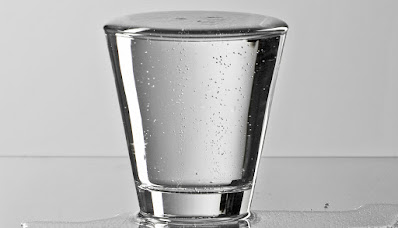NEW TECH PRINTS FLEXIBLE ELECTRONICS ON ODD SURFACES
That could have all kinds of applications, consisting of sensing units to measure the architectural integrity of a structure or the development of crops. The scientists also evaluated technology in paper-based push-button controls that read changes in electric currents when the paper contours. Designers also evaluated the technology by production electric get in touches with for solar cells and by screen publishing conductive lines on jelly, a design for soft organic cells, consisting of the mind.
"This work records heat-free, ambient construction of metal conductive interconnects and traces on all kinds of substrates," the scientists write in a paper explaining the technology in the journal Advanced Functional Products.
Martin Thuo, an aide teacher of products scientific research and design at Iowa Specify College, an partner of the US Division of Energy's Ames Lab, and a cofounder of the Ames start-up SAFI-Tech Inc. that is commercializing the new technology, says he introduced the project 3 years back as a teaching exercise.
"I began this with undergraduate trainees," he says. "I thought it would certainly be enjoyable to obtain trainees to earn something such as this. It is a truly beneficial teaching device because you do not need to refix 2 million equations to do advanced scientific research."
And once trainees learnt how to use a couple of metal-processing devices, they began refixing some of the technological challenges of versatile, steel electronic devices.
"The trainees found ways of handling steel which blossomed right into a million ideas," Thuo says. "And currently we can't quit."
Therefore the scientists have learned how to effectively bond steel traces to all examples, such as water-repelling increased flowers and watery jelly. Based upon what they currently know, Thuo says it would certainly be easy for them to publish metal traces on ice or organic cells.
All the experiments "emphasize the versatility of this approach," the scientists write in their paper, "enabling a wide range of conductive items to be produced without damaging the base material."
College start-up funds to develop Thuo's research laboratory at Iowa Specify, Thuo's Black & Veatch faculty fellowship, and a Nationwide Scientific research Structure Small Business Development Research grant moneyed the work. Additional coauthors are from the College of California, Berkeley; SAFI-Tech; Sep-All in Ames; and Iowa Specify.


